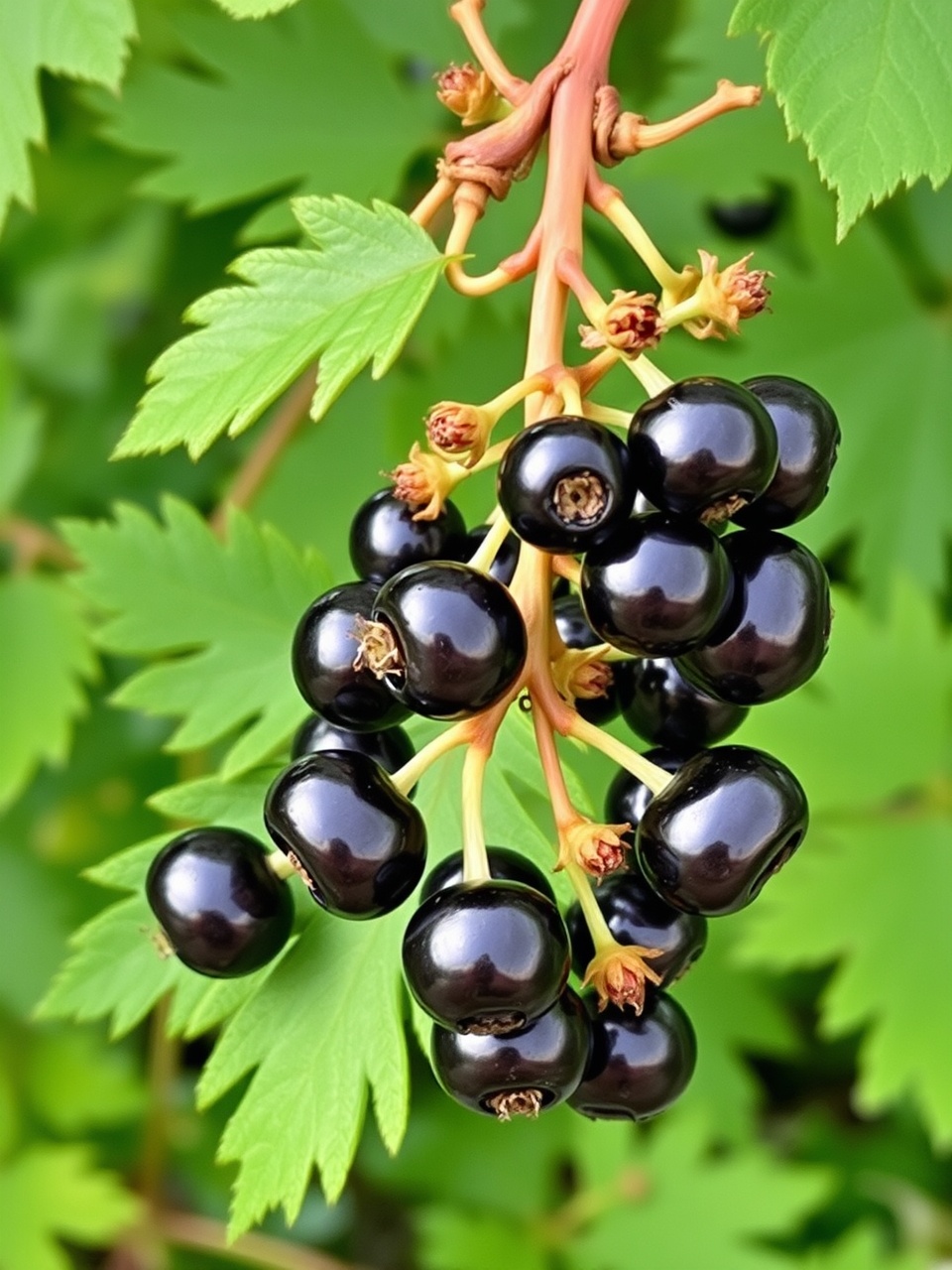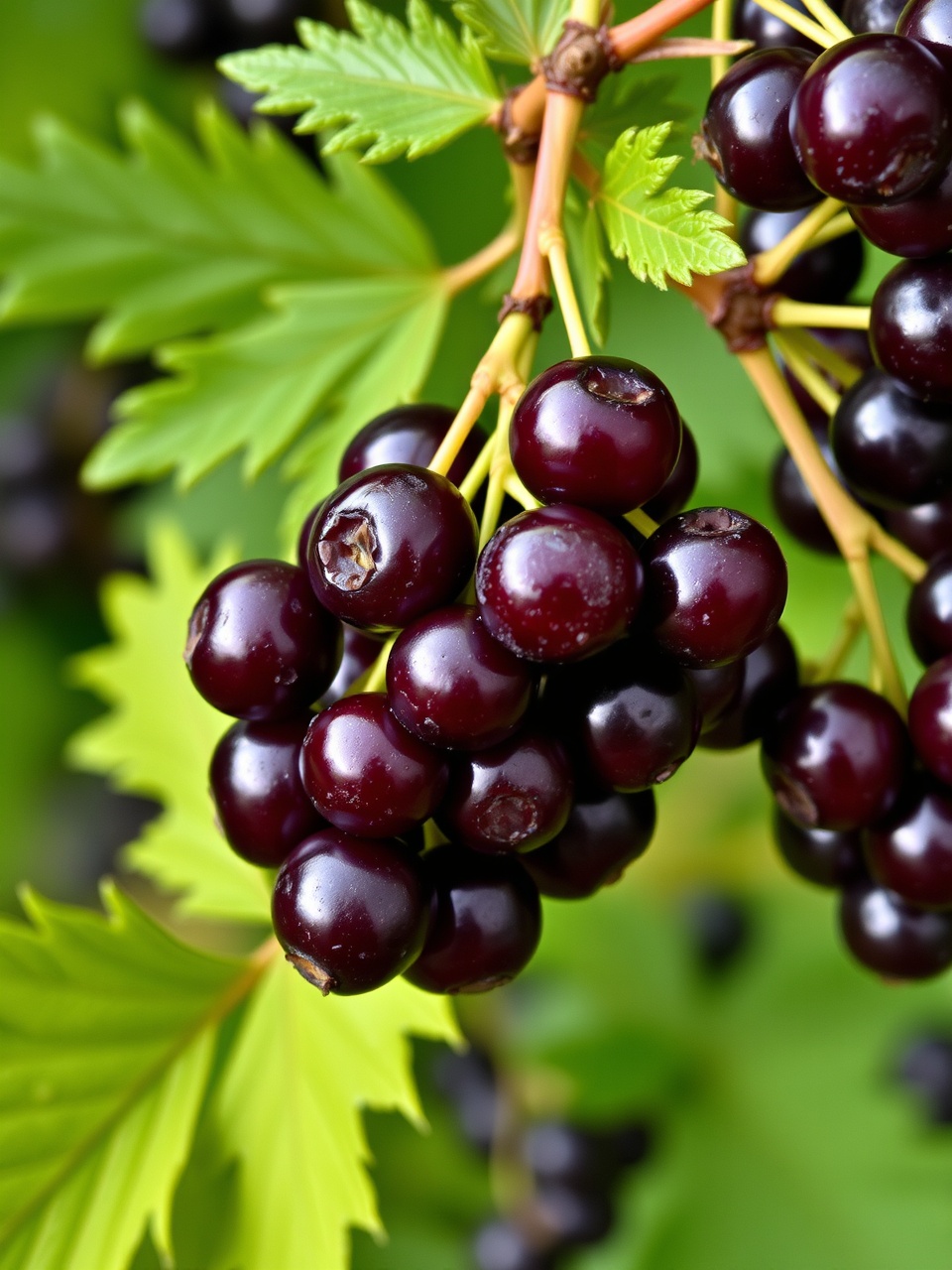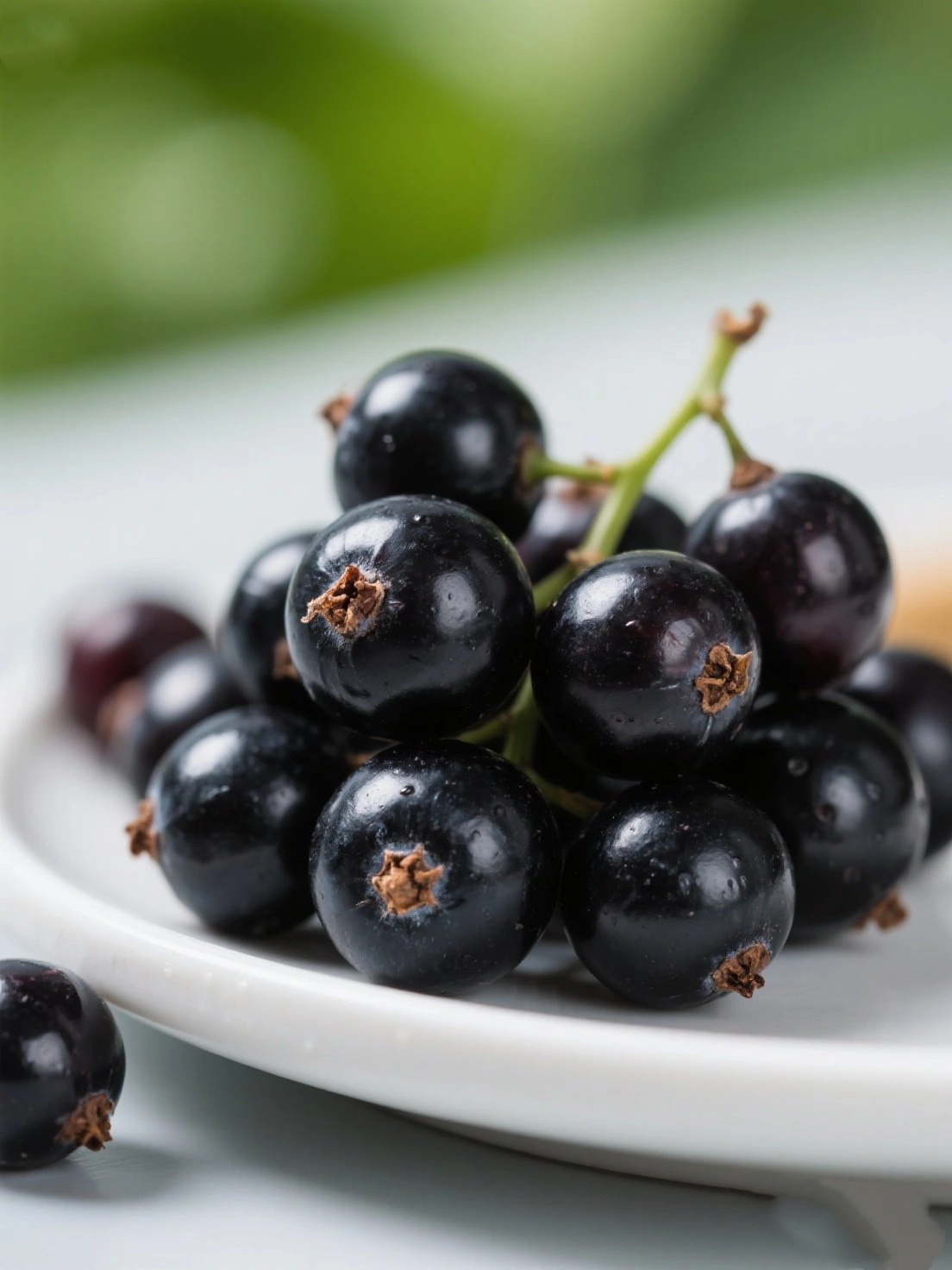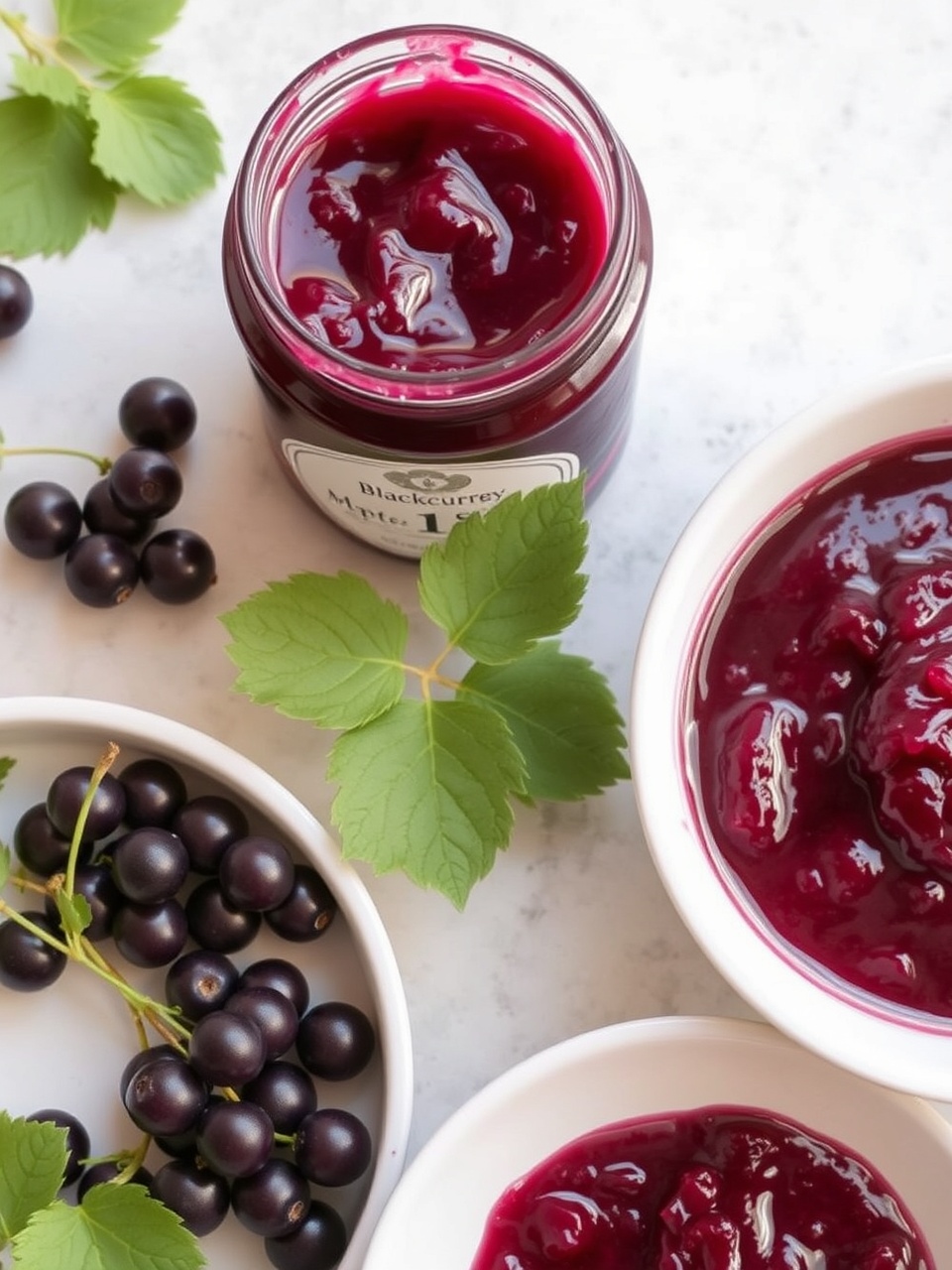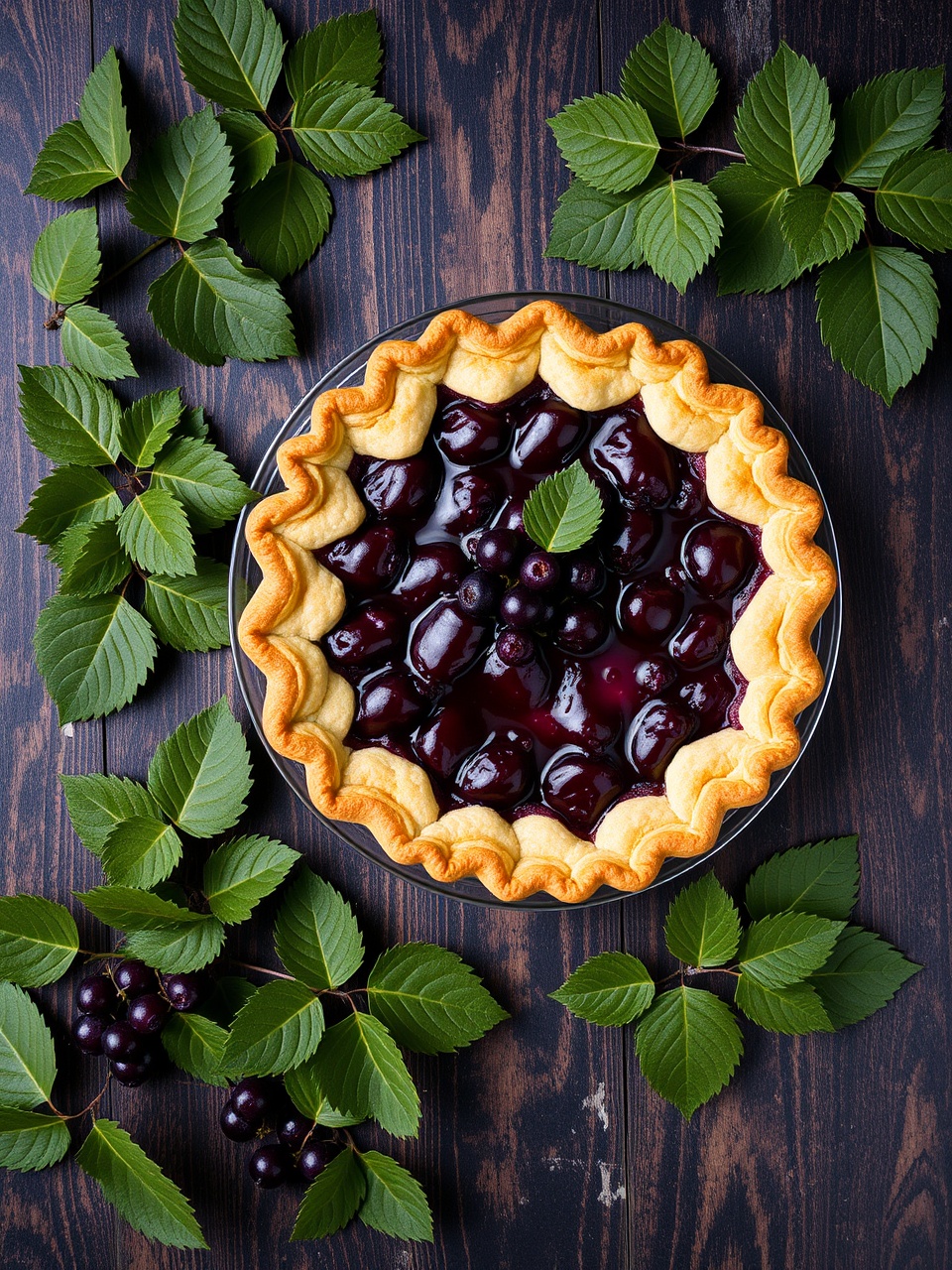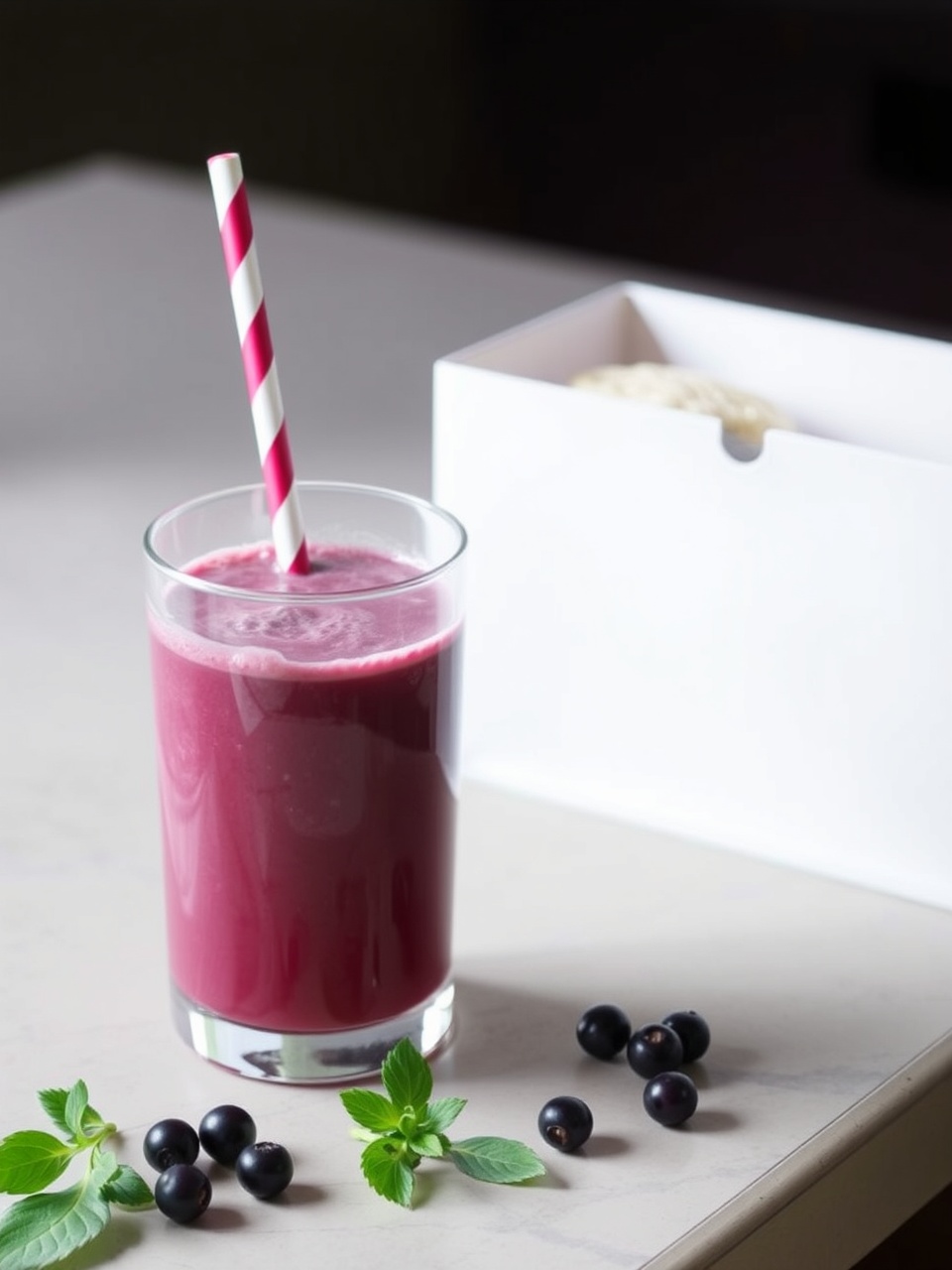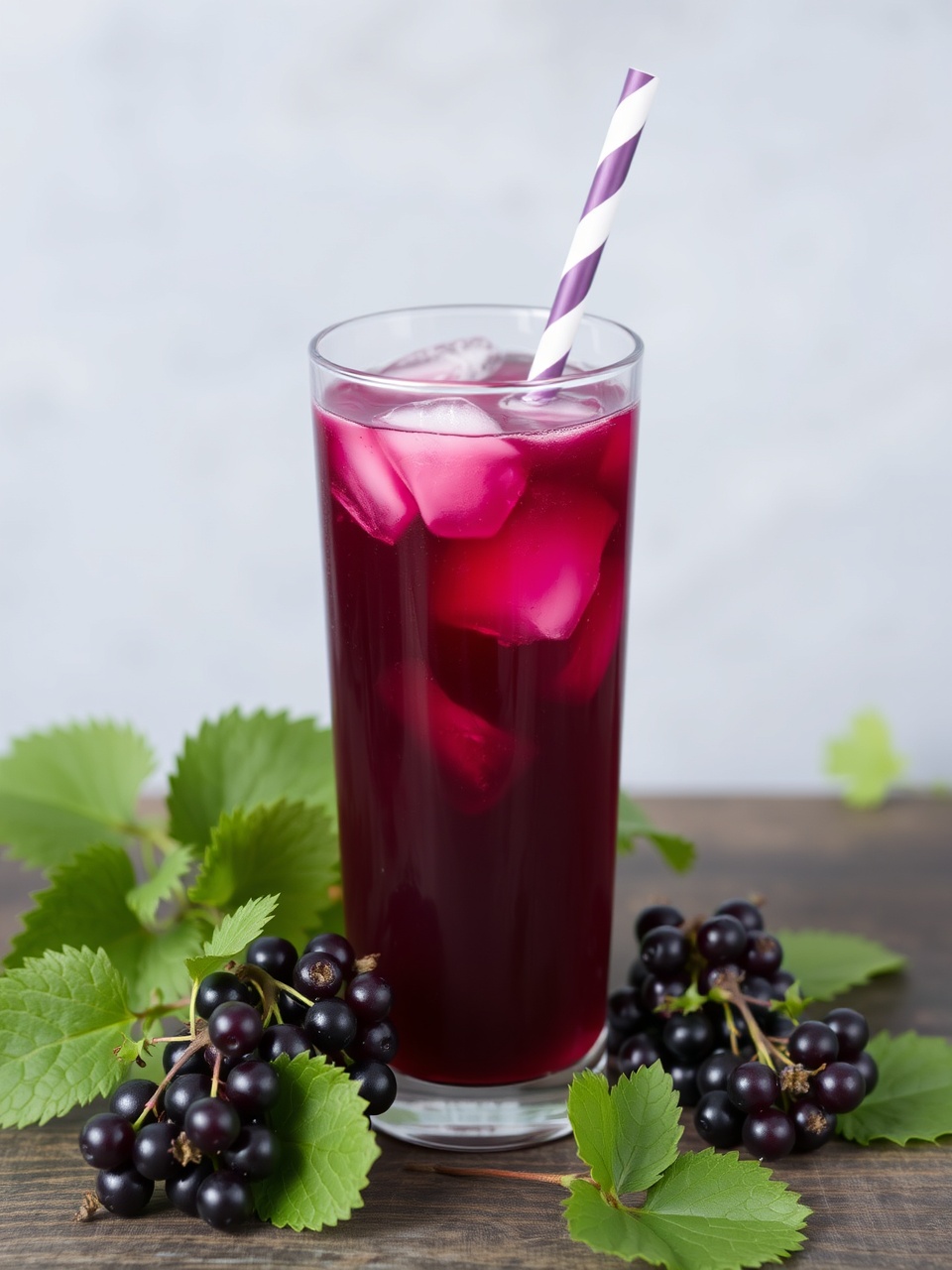Blackcurrants ( Ribes nigrum) are native to temperate parts of central and northern Europe and northern Asia. They have been cultivated in Russia since the 11th century and were traditionally used in folk medicine. During World War II, blackcurrants were promoted in Britain as a source of vitamin C when citrus fruits were scarce.
There are several popular varieties of blackcurrants:
- Ben Lomond: Classic Scottish variety, high yielding
- Ben Connan: Large berries, early season
- Titania: Disease resistant, sweet flavor
- Blackdown: English variety, good for fresh eating
- Russian Giant: Extra large berries, cold hardy
Today, Russia remains the world's largest producer, followed by Poland and the UK. The berries are prized for their intense flavor and exceptional nutritional value.
